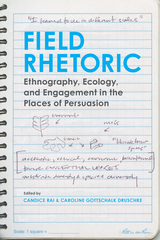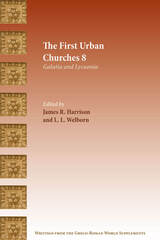
It was Waldron Phoenix Belknap who first discovered that in a large proportion of early Colonial portraits the compositions had been copied in whole or in part from mezzotints published in London. The tragic and untimely death in 1949 of the founder of The Belknap Press of Harvard University Press cut short a study of the foundations of American painting upon which he had been actively engaged, but the present volume brings together its author's contributions to art history.
Prepared for publication by the staff of the Waldron Phoenix Belknap, Jr., Research Library of American Painting, at the Henry Francis duPont Winterthur Museum, the book is divided into seven parts: The Identity of Robert Feke; Problems in Identification, De Peyster Portraits; New York Painters and Patrons: The Genealogical Approach; Painters and Craftsmen; Notes on Colonial Portraits; The Discoveries of Waldron Phoenix Belknap, Jr., concerning the Influence of the English Mezzotint on Colonial Painting; New York Portraits.
The many hundreds of names included in the work are brought together in an analytical index. Two hundred and eighty-four Colonial portraits and British mezzotints are illustrated in half-tone plates. There is a four-color frontispiece.

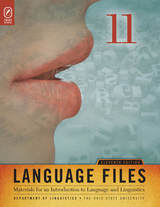
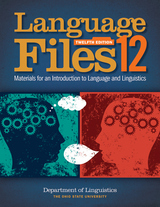
The twelfth edition has been significantly revised, clarified, and updated throughout—with particular attention to the chapters on phonetics, phonology, pragmatics, and especially psycholinguistics. The restructured chapter on psycholinguistics makes use of recent research on language in the brain and includes expanded coverage of language processing disorders, introducing students to current models of speech perception and production and cutting-edge research techniques. In addition, exercises have been updated, and icons have been added to the text margins throughout the book, pointing instructors and students to useful and engaging audio files, videos, and other online resources on the accompanying Language Files website, which has also been significantly expanded.
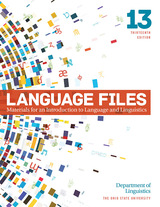

Spoken in the middle hills of Nepal, Gurung is a Tibeto-Burmese language spread along the southern slopes of the Himalayas. The Nepalese Gurung recitations known as pe or pe-da lu-da form a diverse group of oral narratives and invocations, thought to exemplify ritual utterances from the origin of Bon. The pe are performed by a medicine man or shaman, in collaboration with a priest, to promote health and prosperity, and to help with illness and bereavement. They work occasionally with Lamaist practitioners.
This two-volume set includes an analytical introduction, 13,000 lines of annotated transcriptions with interlinear gloss for 92 pe, and a synopsis of a further 49 items representing over 4,000 lines. The material was collected between 1979 and 1992. The introduction outlines the formal properties of pe: structure, metrics, style, figurative language, metaphor, and implicit meanings. This is followed by an overview of patterns of thought in pe, their ontologies, divinities, cosmological order, journeys, use of reported speech, action during discourse, the meanings of the lexical items, and a study of the methods of learning the pe. Appended is a catalog of pe and color plate illustrations. Field recordings of the transcribed pe are included on an accompanying DVD.

Spoken in the middle hills of Nepal, Gurung is a Tibeto-Burmese language spread along the southern slopes of the Himalayas. The Nepalese Gurung recitations known as pe or pe-da lu-da form a diverse group of oral narratives and invocations, thought to exemplify ritual utterances from the origin of Bon. The pe are performed by a medicine man or shaman, in collaboration with a priest, to promote health and prosperity, and to help with illness and bereavement. They work occasionally with Lamaist practitioners.
This two-volume set includes an analytical introduction, 13,000 lines of annotated transcriptions with interlinear gloss for 92 pe, and a synopsis of a further 49 items representing over 4,000 lines. The material was collected between 1979 and 1992. The introduction outlines the formal properties of pe: structure, metrics, style, figurative language, metaphor, and implicit meanings. This is followed by an overview of patterns of thought in pe, their ontologies, divinities, cosmological order, journeys, use of reported speech, action during discourse, the meanings of the lexical items, and a study of the methods of learning the pe. Appended is a catalog of pe and color plate illustrations. Field recordings of the transcribed pe are included on an accompanying DVD.
READERS
Browse our collection.
PUBLISHERS
See BiblioVault's publisher services.
STUDENT SERVICES
Files for college accessibility offices.
UChicago Accessibility Resources
home | accessibility | search | about | contact us
BiblioVault ® 2001 - 2025
The University of Chicago Press




